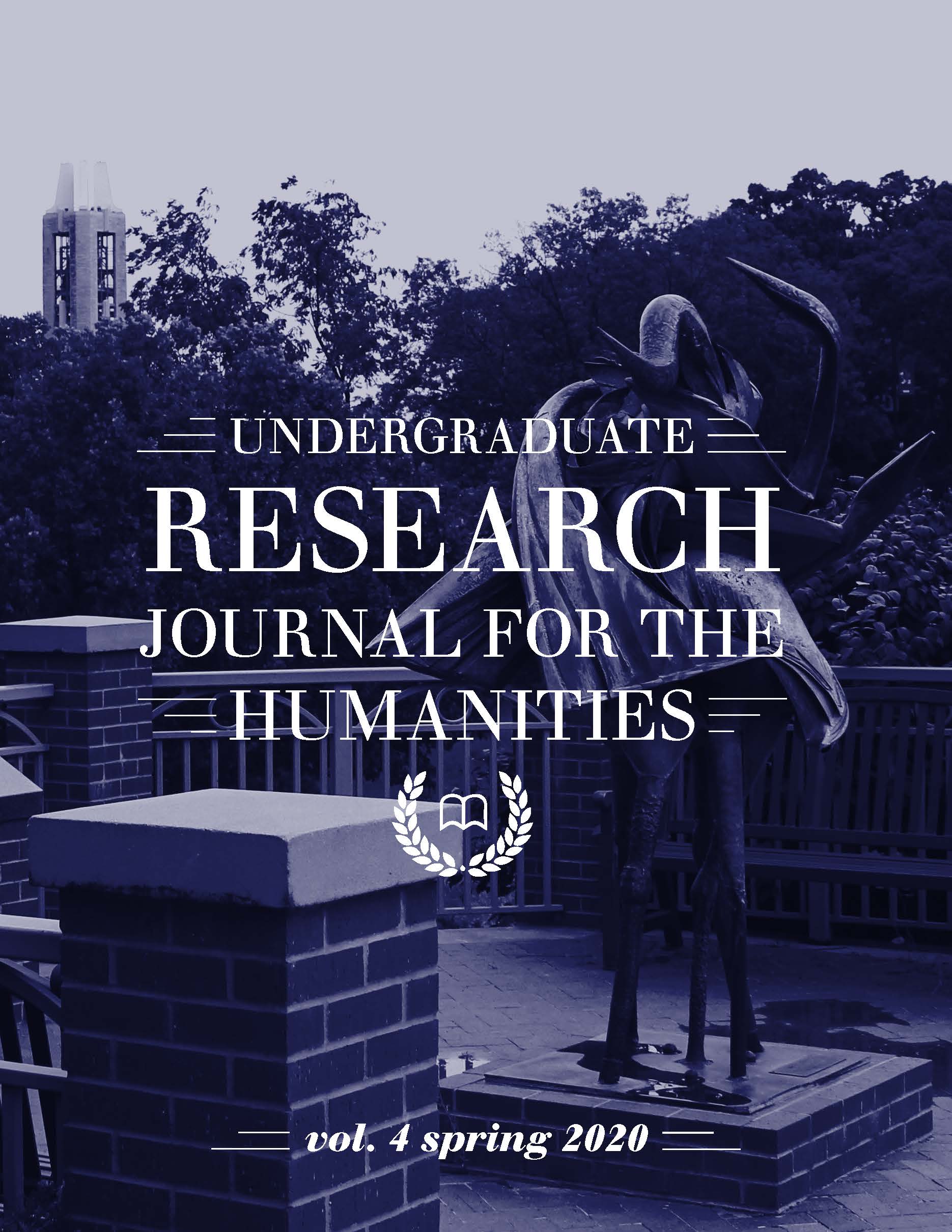Sammendrag
In this article, I argue that the Nazi treatment of Roma and Sinti Gypsies was distinct from their treatment of other victim groups by virtue of its inconsistency. There was never a very clear articulation of the ideological position of the Nazis regarding the Gypsies, and the guidelines that werein place were applied inconsistently. A wide variety of exemptions theoretically protected Gypsies from arrest and deportation. For example, as distinct from the Nazi beliefs about Jews, so-called racially pure Gypsies were sometimes considered more valuable and were protected. These rules, however, were never consistently followed. The extent to which Gypsies were persecuted by the Nazis was often determined more by the attitudes and personal beliefs of lower level administrators, combined with the perceived demands of the local situation, than by an intentional Nazi mandate.
All articles are licensed under a Creative Commons Attribution-NonCommercial-NoDerivatives 4.0 International License. Copyright is held by the authors. Author agrees to the terms in the Journal Publication Agreement.

